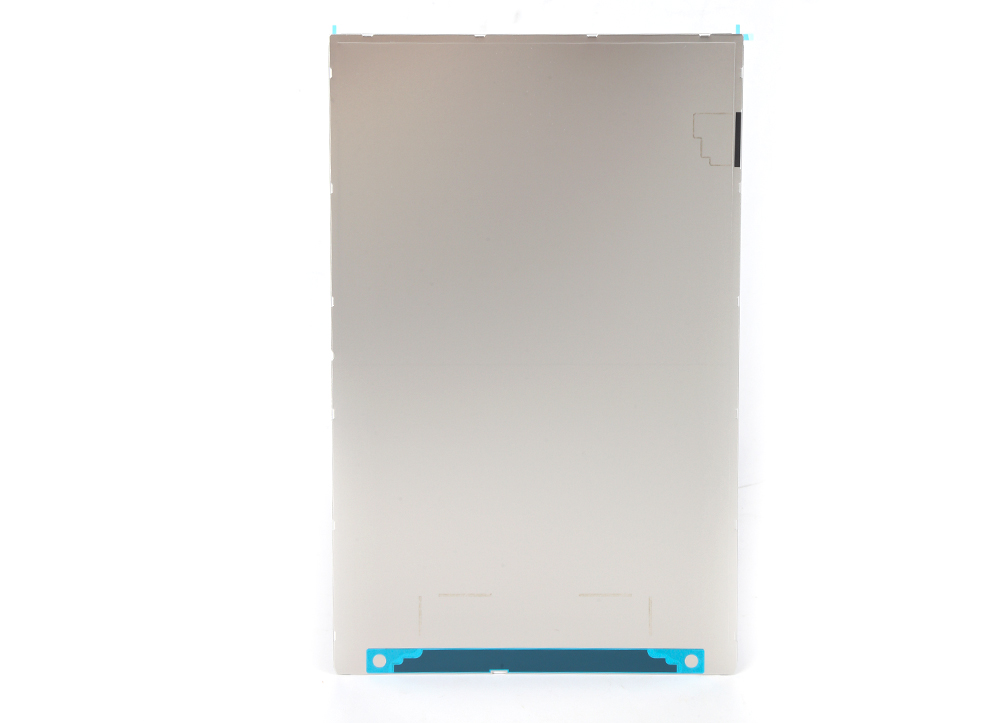Time:2022-11-24 Preview:
Working principle of metal powder coating
The final spraying adopts the electrostatic spraying principle to adsorb the dry powder on the metal aluminum profile at the spraying position. After baking at a high temperature above 200 ℃, the powder is solidified into a solid bright coating with a thickness of about 60 microns. Make the product surface smooth and uniform in color. It has strong acid resistance, alkali resistance, impact resistance and wear resistance. It can withstand strong ultraviolet ray and acid rain for a long time, and the coating will not fall off. The service life of powder coated aluminum profiles under normal conditions is 30 years. The surface coating is guaranteed to be free from fading, discoloration and cracking within 5-10 years. Its weather resistance and corrosion resistance are superior to the color diversity of ordinary aluminum.

Advantages and disadvantages of metal powder spraying
1。 The surface of iron castings is rough and dry, and spray painting can not level this defect, while the thickness of powder spraying is thick, which can effectively fill and repair the defects of some parts;
2 The iron casting itself has many pinholes, which are easy to cause pinholes or bubbles when painting. If the hot plastic powder is sprayed at an appropriate temperature, this defect will be improved a lot;
3. Iron casting powder spraying corrosion resistance
 Related News
Related News·CNC processing security operating procedure ·Precautions for difficult to machine materials in cutting processing ·What should be paid attention to when CNC machining aluminum alloy cavities ·machining center ·Key points of CNC machine tool processing ·What are the polishing methods for metal die castings? ·CNC measurement machine function introduction ·What should I pay attention to when maintenance of the carving and milling machine? ·Large CNC processing center processing ·The hard rail machining center can process multiple processes


